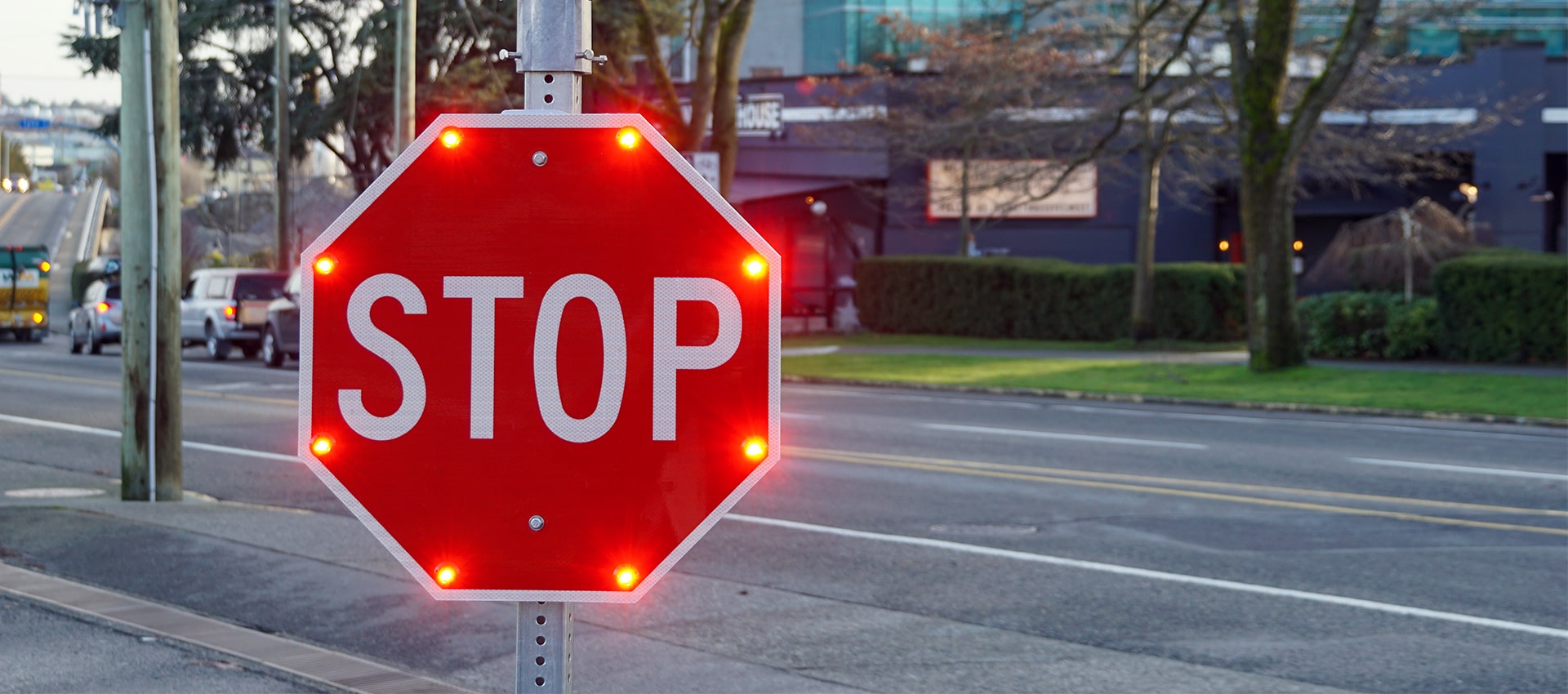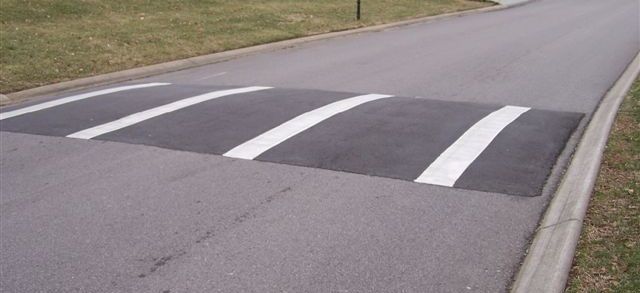What was the point of the meeting?
The meeting was set up to discuss the current issues and successes of the 7-Line project in Bloomington, Indiana. While the 7-Line was the primary topic of discussion, there was also a lot of talk about traffic and accidents as a whole within the city of Bloomington. One of the more prominent topics being discussed was the bike lanes throughout the city. There has been an increase in cycling accidents since the implementation of the 7-Line by almost double, and this was one of the problems that needs to be solved in a timely manner. Through talk of the 7-Line it also posed more questions like what to do with the traffic flow. Traffic has been seeming rather confused since the implementation of the 7-Line changes due to adding and removing stop signs from places. Places where stop signs used to be placed, people still seem to be stopping at even though they no longer have to. Motor vehicle accidents are also at a number where the traffic commission has decided that there needs to be action taken in order to try and limit the number. The traffic commission listed that if there are 12 or more accidents at an intersection over a year there needs to be attention given to improving that intersection and also making it safer for everyone from motorists to cyclists.
Who was at the meeting?
There were approximately 20 people that attended this meeting (including council members). Many of the people attending the meeting that were not part of the council seemed to be middle aged members of the public. One person stuck out to me and they were raising questions as a concerned ex-cyclist. This caused a lot of insight into the people who really use these bike lanes and who the Traffic Commission is really trying to cater these changes to. The questions that were posed to the council really included the overall safety of the people using these bike lanes, and also if these bike lanes would actually improve quality of cycling.

Where the meeting took place.
This meeting was both in-person and virtual which I attended through the Zoom meeting option. It took place from 4:30-6:00p.m on March 22, 2023. Through the Zoom option I felt as if it was harder to ask questions and interact with the council members. I believe that most if not all City meetings that use an online option use Zoom as their main source, however interacting online is never as immersive as in person. In future meetings I want to attend in person and be able to get the full experience and be able to easier ask questions and engage with the council members.
What was discussed?
There was really only topic that was mainly covered and it was the current progress with the 7-Line. However, the 7-Line contains many components that needed to be addressed. As mentioned before, stop signs have been a major issue within the 7-Line. With removal and adding of stop signs throughout all of 7-Line it has confused drivers that have driven the route for years. Another thing that was discussed was the speed issues. There was an officer in attendance of the meeting who confirmed that average speeds throughout the 7-Line are above the posted limit by a decent margin. This caused concern and debate about what the posted speed limit should be. After some debate about this issue, one of the traffic counsel members said that it is a problem that will be looked more into. Some solutions were offered such as having an automated camera system monitor traffic in real time and ticket based on that, however, the counsel member said he had actually talked to the mayor about this solution and it is unfortunately not in the budget to make such a drastic solution.

How did the meeting resolve?
The meeting resolved with all sides agreeing to continue work. The traffic commission has new things to look into and also has more data to gather in order to be certain that the 7-Line is running as intended and how improvements can be made. Data about the stop signs and average speeds are being looked into. Other roadways are being used to also help improve the 7-Line. From looking at data of average speeds at other roads such as Atwater, the counsel will be able to make informed decisions based on what the posted speed limit should be. The conclusion went even further than just the 7-Line by the end of the conversation, and extended to roads such as Kirkwood and other high traffic areas. Overall, the traffic commission said that they are actively looking into making improvements to safety and are going to try different solutions by working with law enforcement as well.
Smart Technology Improvements
LED Stop Signs:
One issue that was heavily discussed was the issue of people not stopping for stop signs and also not knowing where they are located anymore. One very simple improvement that can be made is to implement LED stop signs. These improvements to existing stop signs would increase their visibility during the day and night time. Studies have found that LED stop signs have caused a decrease of 41.5% of right angle crashes, almost a 30% reduction in vehicles not stopping, and a 53% reduction in vehicles going through an intersection without significantly slowing down. These numbers are great for the 7-Line as it is not only the traffic accidents that they are worried about, but also it would make drivers more aware of their surroundings causing less accidents between cyclists and motorists.

Speed Humps
Speed humps can be an annoyance for some drivers but it is undeniable that they reduce average speeds throughout areas. One of the major issues that the traffic commission is trying to current combat on the 7-Line is higher rates of speeds. With high rates of speeds comes more intense traffic accidents and in turn more injuries. If they were to lower the posted speed to what was proposed of 20 miles per hour throughout the 7-Line, having speed humps would help to insure that people are not able to speed throughout the zone freely. When the department of transportation studied the effectiveness of speed humps being implemented they found that on average speeds were 10mph slower with the speed humps than without. This large change in speed could give drivers enough time to react or pedestrians enough time to move out of the way from distracted drivers. 
Handout from meeting:
https://bloomington.in.gov/onboard/meetingFiles/download?meetingFile_id=11610
Works Cited:
“Speed Management Countermeasures: More than Just Speed Humps.” Speed Management Countermeasures: More than Just Speed Humps | FHWA, https://highways.dot.gov/safety/speed-management/speed-management-countermeasures-more-just-speed-humps#:~:text=Generally%20located%20on%20residential%20streets,speeds%20by%20nearly%2010%20mph.
Hoeppner, Dakota. “Where and When LED Flashing Signs Work Best – Carmanah.” Carmanah Technologies, 2 Feb. 2021, https://carmanah.com/resources/where-and-when-led-embedded-flashing-signs-work-best/#:~:text=LED%2Dembedded%20flashing%20stop%20signs,stop%20signs%20throughout%20the%20state.
Ink, Social. “Speed Hump.” National Association of City Transportation Officials, 24 July 2015, https://nacto.org/publication/urban-street-design-guide/street-design-elements/vertical-speed-control-elements/speed-hump/.
Askins, Dave. “7-Line.” The B Square, 22 Mar. 2023, https://bsquarebulletin.com/tag/7-line/.
“Home.” The Bloomingtonian, https://bloomingtonian.com/2021/10/09/new-7th-street-traffic-pattern-eschews-east-west-stop-signs-median-traps-drivers-who-mistakenly-drive-into-bike-lane/.

Leave a Reply